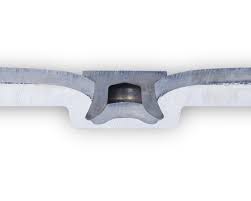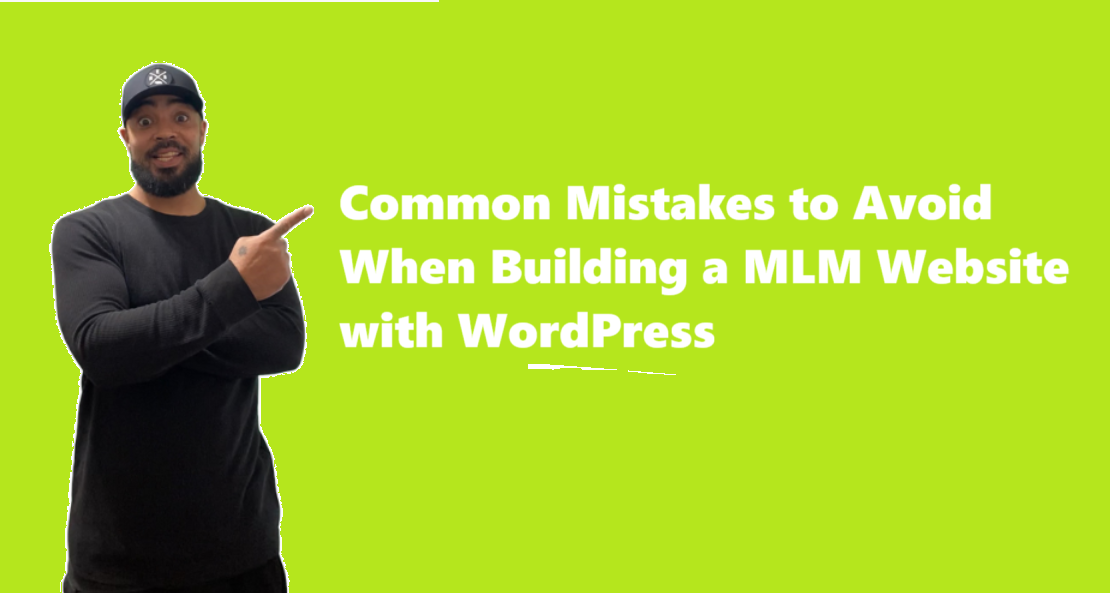Comparing Self-Piercing Rivets and Spot Welding: Pros and Cons

Choosing the right fastening method is essential in manufacturing, as it impacts product quality, durability, and production efficiency. Two popular joining techniques are self-piercing riveting and spot welding. Each method has its advantages and drawbacks, making them suitable for different applications. This article compares self-piercing rivets and spot welding to help manufacturers determine which method best suits their needs.
1. Overview of Self-Piercing Rivets and Spot Welding
Self-Piercing Rivets (SPR): This method uses a specialized rivet that pierces through the top material and spreads within the bottom layer to form a strong mechanical bond without requiring pre-drilled holes. This technique is commonly used in industries that require high-strength joints with minimal thermal effects.
Spot Welding: This process joins materials by applying pressure and passing an electric current through them to generate heat, which melts the metal surfaces and fuses them together. It is widely used in automotive and industrial applications where speed is a priority.
2. Strength and Durability
• Self-Piercing Rivets: Provide strong mechanical joints with excellent resistance to fatigue, vibration, and impact forces. Suitable for multi-material applications, including aluminum and composites. These rivets ensure long-lasting connections even under harsh conditions.
• Spot Welding: Creates a metallurgical bond that can be strong in steel applications but may weaken when used on lightweight materials such as aluminum. The heat involved in spot welding can sometimes cause stress fractures or warping.
Winner: Self piercing rivets offer greater strength and durability, especially for mixed-material joints.
3. Material Compatibility
• Self-Piercing Rivets: Can join dissimilar materials, such as aluminum to steel, or aluminum to composites, without affecting material properties. This makes them ideal for modern lightweight manufacturing.
• Spot Welding: Best suited for steel but less effective for lightweight materials like aluminum due to its high thermal conductivity and low melting point. Welding different materials together can also create weak joints due to thermal expansion differences.
Winner: Self-piercing rivets provide better flexibility for joining different materials.
4. Speed and Efficiency
• Self-Piercing Rivets: Quick and efficient, requiring minimal setup and preparation. However, each rivet adds a small material cost. Automation can enhance production speed in large-scale operations.
• Spot Welding: Faster in large-scale automated production, especially for steel-based structures, but requires precise positioning and surface preparation. The process is well-suited for mass production but may require additional time for cooling and quality checks.
Winner: Spot welding is faster for mass production, while self-piercing rivets offer efficiency with versatility.
5. Equipment and Cost
• Self-Piercing Rivets: Require a specialized riveting tool, but the overall energy consumption is lower than welding. Higher material costs due to rivets, but they reduce operational energy use.
• Spot Welding: Requires expensive welding equipment and significant energy consumption but eliminates the need for additional fasteners. The high initial cost of welding machinery can be a barrier for small manufacturers.
Winner: Spot welding is cost-effective for large-scale steel manufacturing, while self-piercing rivets are more economical for mixed-material applications.
6. Quality Control and Consistency
• Self-Piercing Rivets: Ensure consistent joint quality without reliance on heat, reducing the risk of weak bonds or deformation. The process is highly repeatable with minimal variation in joint integrity.
• Spot Welding: Quality can vary depending on surface contamination, electrode wear, and electrical resistance, leading to inconsistent joints. Weld strength can also be affected by improper current settings or material impurities.
Winner: Self-piercing rivets provide more consistent and reliable joint quality.
7. Environmental Impact and Safety
• Self-Piercing Rivets: No harmful fumes or sparks, making them safer for workers and environmentally friendly. The process does not require additional ventilation or protective measures against hazardous gases.
• Spot Welding: Produces heat, fumes, and sparks, requiring proper ventilation and safety precautions. Welding also consumes more energy, increasing the environmental footprint.
Winner: Self-piercing rivets are safer and more environmentally friendly
8. Repair and Maintenance
• Self-Piercing Rivets: Easier to remove and replace without damaging surrounding materials. This allows for quick repairs and modifications.
• Spot Welding: Repairs require cutting or grinding, which can weaken the structure. Welding repairs can be time-consuming and may require additional surface refinishing.
Winner: Self-piercing rivets offer easier maintenance and rework options.
9. Industry Applications
• Self-Piercing Rivets: Widely used in automotive, aerospace, electronics, and construction industries. Their ability to join lightweight and dissimilar materials makes them ideal for modern manufacturing.
• Spot Welding: Commonly used in automotive body assembly, appliance manufacturing, and structural steel applications where rapid joining of similar materials is required.
Winner: Self-piercing rivets offer broader material compatibility, while spot welding remains dominant in steel-intensive applications.
Conclusion
Both self-piercing rivets and spot welding have their advantages. Spot welding is ideal for high-speed steel assembly, while self-piercing rivets provide superior strength, flexibility, and safety for mixed-material applications. The choice depends on the specific manufacturing needs, material types, and production scale.
For manufacturers looking to improve efficiency, material compatibility, and safety, self piercing rivets are a strong alternative to traditional welding. However, for mass production of steel-based products, spot welding remains a preferred option due to its speed and cost-effectiveness. Understanding the pros and cons of each method helps manufacturers make informed decisions that align with their production goals.
Note: IndiBlogHub features both user-submitted and editorial content. We do not verify third-party contributions. Read our Disclaimer and Privacy Policyfor details.







